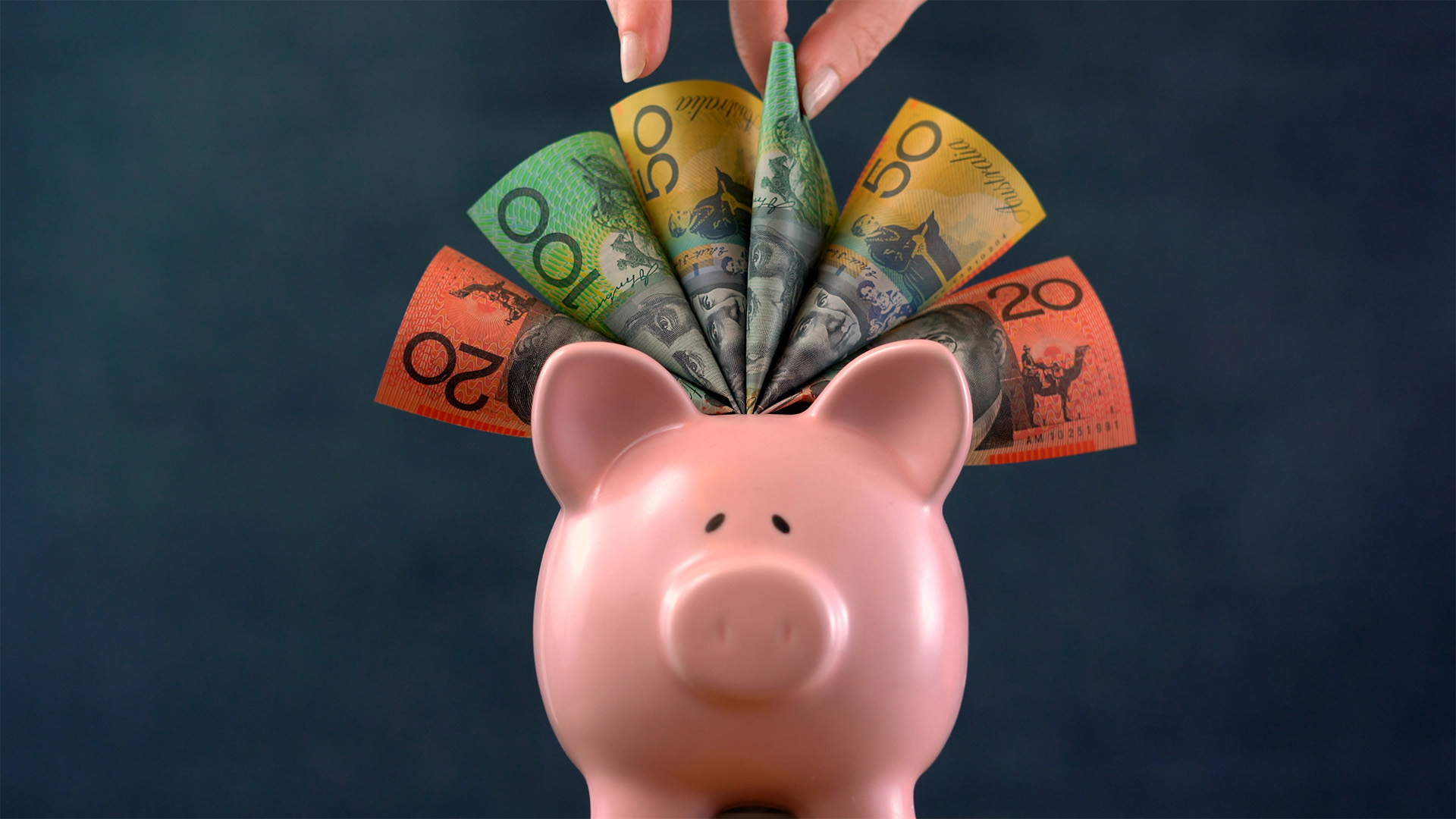So, the cash will be spent, the surplus run down, and deficits of more than $70 billion in 2024-25 and 225-26, but all this as consumers retreat into their shells.
Households have cut spending even more than forecast last December in the Government’s mid-year budget update.
The Reserve Bank admitted earlier this month in its second Statement on Monetary Policy for the year that its economic modeling of the economy badly underestimated just how hard interest rate rises had crushed consumer demand, in particular.
On top of this, housing investment has fallen, and business spending remains okay, with data centers and associated facilities expected to be one of the main drivers of investment in the next two years, with tens of billions of dollars ready to be spent.
But one of the bright spots of the economy, our net exports, are now falling because of a return to normal supply and demand, though most global economic bodies like the OECD and IMF are more confident about the growth prospects for trade this year and next than they were at the end of 2023.
But all this means economic pain this year and for part of 2025, more pressure on the strongest part of the economy – the labor market – and a growing threat of a spike in unemployment in the new financial year. Unemployment is forecast to be 4% by June (from 3.8% in March – the April jobs data is out on Thursday, after the Wage Price Index later Wednesday) and 4.5% a year later. Inflation is forecast to fall to around 3% by the end of this year (the RBA estimates a rise to 3.8%). So, growth of sub-2% in the current financial year, 2% next year, and 2.25% in 2025-26 – three years of subpar growth and demand. And that’s despite the government expecting to tip nearly $30 billion of deficit spending into the economy in 2024-25 — then more than $40 billion the year following — and a combined net increase in population of more than 650,000. There’s a dichotomy in the budget forecasts – all enthusiastic about the big spending pre-election plans and grim realism about the realities of the economy and its current state. Federal Treasury’s forecasts, though, see stronger growth than the Reserve Bank did in its Statement on Monetary Policy earlier this month.
The Reserve Bank downgraded its forecasts for economic growth to 1.2% in the year to June and 1.6% by December, from previous estimates of 1.3% and 1.8%. And it slashed its household consumption forecasts to just 0.1% in the four quarters to June, from 0.8% in February and 1.3% across calendar 2024, compared to 1.7%.
Retail sales volumes fell 0.4% in the March quarter, and the Australian Bureau of Statistics said the 0.8% rise in the dollar value of retail sales in the year to March was the lowest on record for a year, outside the Pandemic and the introduction of the GST.
In fact, the path of retail sales will be the best bit of data to keep an eye on for tracking how consumer demand is traveling, along with the labor market figures and wages.
The big fear – not in the budget – is if unemployment starts rising well past 4% and retail spending runs at its present ultra-low level or slows even further.














